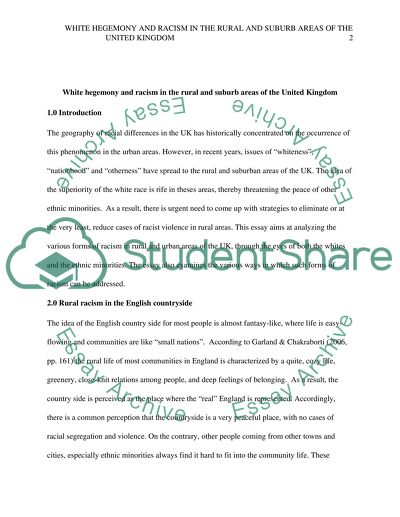Cite this document
(“How do accounts of rural and suburban racism challenge understandings Essay”, n.d.)
How do accounts of rural and suburban racism challenge understandings Essay. Retrieved from https://studentshare.org/geography/1464416-how-do-accounts-of-rural-and-suburban-racism
How do accounts of rural and suburban racism challenge understandings Essay. Retrieved from https://studentshare.org/geography/1464416-how-do-accounts-of-rural-and-suburban-racism
(How Do Accounts of Rural and Suburban Racism Challenge Understandings Essay)
How Do Accounts of Rural and Suburban Racism Challenge Understandings Essay. https://studentshare.org/geography/1464416-how-do-accounts-of-rural-and-suburban-racism.
How Do Accounts of Rural and Suburban Racism Challenge Understandings Essay. https://studentshare.org/geography/1464416-how-do-accounts-of-rural-and-suburban-racism.
“How Do Accounts of Rural and Suburban Racism Challenge Understandings Essay”, n.d. https://studentshare.org/geography/1464416-how-do-accounts-of-rural-and-suburban-racism.


